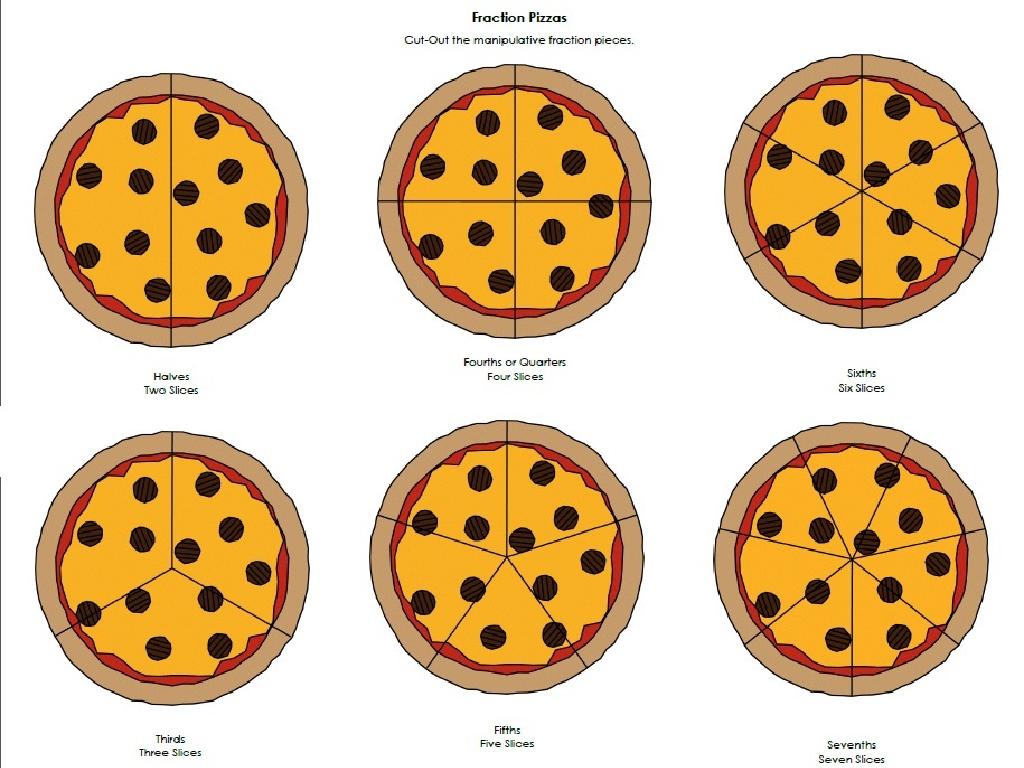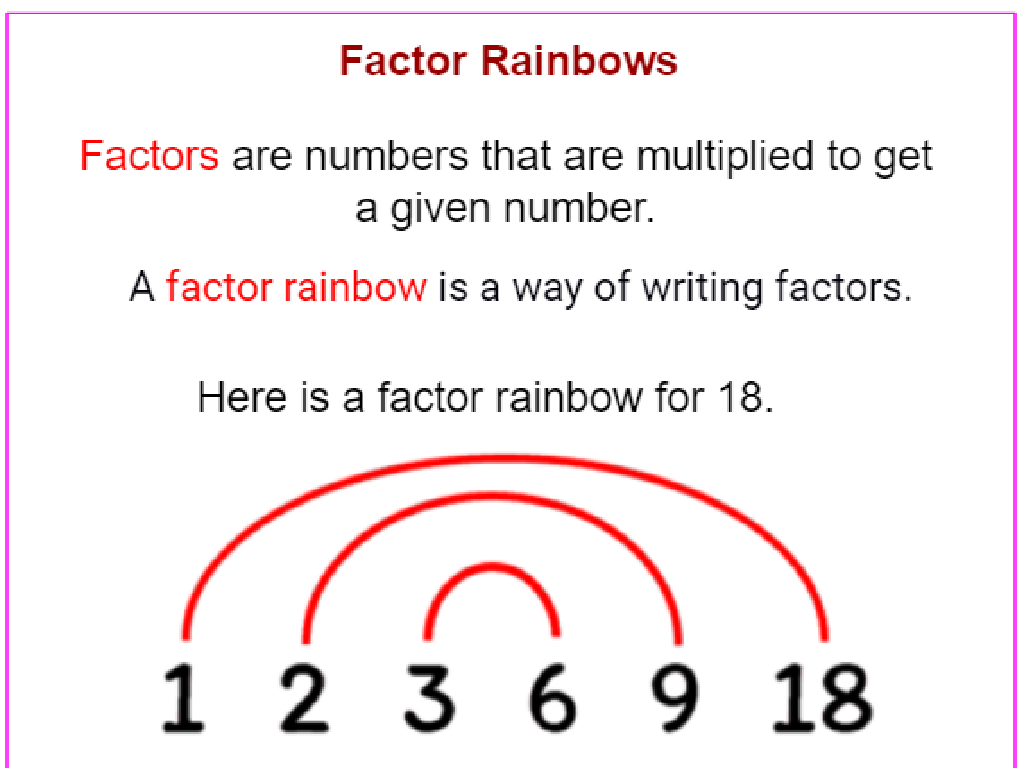Identify Lines Of Latitude And Longitude
Subject: Social studies
Grade: Fifth grade
Topic: Maps
Please LOG IN to download the presentation. Access is available to registered users only.
View More Content
Navigating the Globe: Latitude and Longitude
– Maps: A tool for world understanding
– Importance of maps in daily life
– Latitude: Imaginary horizontal lines
– Lines like the Equator that run east and west
– Longitude: Imaginary vertical lines
– Lines like the Prime Meridian that run north and south
|
This slide introduces students to the concept of maps and their significance in understanding our world. Emphasize that maps are more than just drawings; they are tools that help us navigate and comprehend the geography of our planet. Highlight the importance of maps in various aspects of daily life, such as traveling and weather forecasting. Focus on explaining latitude and longitude as the imaginary lines that create a grid system on Earth, making it easier to pinpoint exact locations. Latitude lines are horizontal and measure the distance north or south of the Equator, while longitude lines are vertical and measure the distance east or west of the Prime Meridian. Use a globe or a map to visually demonstrate these concepts to the students.
Understanding Latitude
– Latitude lines run east-west
– Imagine them like the rungs of a ladder across the globe
– Known as parallels
– They never meet, staying parallel to each other
– Measure from Equator
– They tell us how far north or south we are from the Equator
– Equator at 0 degrees
– It’s the main latitude line that divides the Earth into two halves
|
This slide introduces the concept of latitude to the students. Latitude lines are like the rungs of a ladder stretching around the Earth, running east to west. These lines, also known as parallels, are used to measure the distance in degrees north or south from the Equator, which is the reference point at 0 degrees latitude. It’s important for students to understand that the Equator is an imaginary line that divides the Earth into the Northern and Southern Hemispheres. Encourage students to think of the Earth as an orange, with the Equator being the line that runs around its middle. This will help them visualize the concept of latitude more clearly.
Understanding Longitude
– Longitude: North to South lines
– Lines stretching between the poles
– Also called meridians
– Meridians help us navigate the globe
– Measures east/west from Prime Meridian
– Prime Meridian divides Earth into hemispheres
– Prime Meridian: 0 degrees longitude
|
Longitude lines are imaginary lines that run vertically from the North Pole to the South Pole. These lines, also known as meridians, are used to measure the distance in degrees east or west from the Prime Meridian, which is the zero-degree longitude line that runs through Greenwich, England. Understanding longitude is essential for global navigation, as it helps to pinpoint exact locations on Earth. When teaching this concept, use a globe or map to show students how these lines are spread across the planet and how they relate to the Prime Meridian. Explain that every place on Earth is measured in terms of its angle east or west from this line. Have students practice finding the longitude of different places and understanding how longitude can affect time zones.
Navigating the Globe: Latitude and Longitude
– How latitude & longitude coordinate
– Latitude and longitude lines create a grid to pinpoint locations.
– Grid system on Earth
– The grid helps us find exact spots on a map or globe.
– Unique coordinates for locations
– Every place on Earth has a unique latitude and longitude coordinate.
– Practice finding places
– We’ll learn to use coordinates to locate different cities and landmarks.
|
This slide introduces the concept of latitude and longitude as a coordinate system that works together to create a grid on Earth, allowing us to find any location with precision. Latitude lines run horizontally and measure north-south position, while longitude lines run vertically and measure east-west position. When these lines intersect, they form a grid that can be used to pinpoint exact locations, with each place on Earth having a unique set of coordinates. Encourage students to think of the Earth as a giant map with an invisible grid overlay. In class, we’ll practice using this grid to find various places, enhancing their understanding of geography and spatial awareness.
Latitude and Longitude Examples
– NYC coordinates: 40.7128° N, 74.0060° W
– New York City’s position on the globe
– Sydney coordinates: 33.8688° S, 151.2093° E
– Sydney’s location in the Southern Hemisphere
– Writing coordinates correctly
– Use degrees (°), minutes (‘), seconds (“) and direction (N, S, E, W)
|
This slide provides real-world examples of latitude and longitude to help students understand how these coordinates are used to pinpoint locations on Earth. New York City and Sydney, Australia are used as examples to show how latitude and longitude are written. Emphasize the importance of including the direction (N, S, E, W) along with the degrees, minutes, and seconds. Encourage students to practice writing coordinates and to find the latitude and longitude of their own city or a place they would like to visit. This will help them grasp the concept of geographical positioning and its practical application in navigation and mapping.
Activity Time: Find the Coordinates!
– Class map coordinate activity
– Pair up to locate cities
– Use latitude and longitude
– Latitude lines are horizontal, Longitude lines are vertical
– Share findings with class
|
This interactive class activity is designed to help students apply their knowledge of latitude and longitude in a practical setting. Students will work in pairs to strengthen their collaborative skills and use a map to find the coordinates of various cities. It’s a hands-on way to understand how the grid system of latitude and longitude works. Teachers should prepare maps with clear latitude and longitude lines for each pair and provide a list of cities for the students to locate. After locating the cities, each pair will share their findings with the class, reinforcing their learning and public speaking skills. Possible variations of the activity could include finding the coordinates of their own city, locating places they’d like to visit, or even historical sites relevant to the current lesson.
Mapping Our World: Latitude and Longitude
– Recap: Latitude and Longitude
– They help us pinpoint exact locations on Earth
– Homework: Map Your World
– Use a map or GPS to find the latitude and longitude of your home
– Find home coordinates
– Choose landmarks like schools, parks, or monuments
– Pick three landmarks
|
As we conclude our lesson on latitude and longitude, remind students of the importance of these imaginary lines in helping us locate places anywhere on Earth. For homework, students will apply what they’ve learned by finding the coordinates of their own home and three other landmarks of their choice. This practical exercise will reinforce their understanding of the coordinate system. Encourage them to use online maps or GPS technology to assist them. In the next class, ask students to share the coordinates they found and discuss any challenges they faced or interesting observations they made during the activity.






